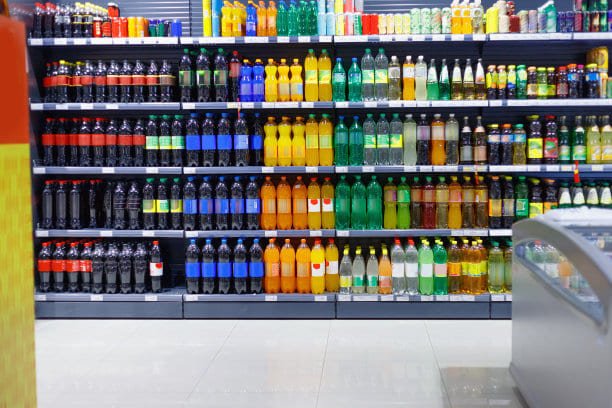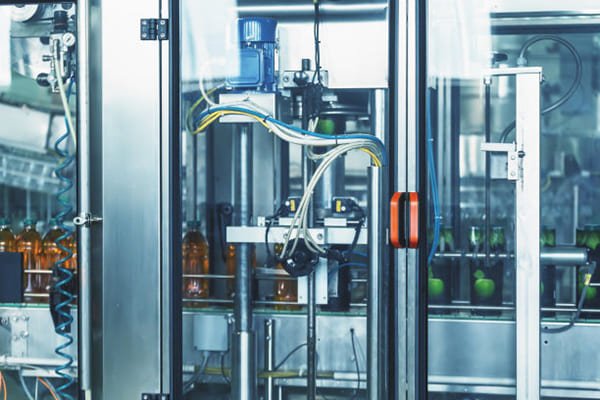Today’s beverage brands face a tough balancing act: Shoppers want drinks with no preservatives, but retailers demand products that stay fresh for months. The solution? Cold aseptic filling—especially when paired with a high-performance automatic bottle filling machine.
For years, brands relied on hot filling: heating drinks to 85°C or higher to kill bacteria, then pouring them into bottles. It works for shelf life, but there’s a catch. Heat breaks down flavors, fades colors, and can even “cook” natural ingredients—think a flat-tasting fruit soda that’s lost its fresh zing.
Cold aseptic filling flips this script. It keeps drinks cold through the process, so flavors and nutrients stay intact. And because it sterilizes everything separately—the liquid, the bottles, even the air in the filling room—there’s no need for preservatives. It’s why big names like Coca-Cola and small craft soda makers are making the switch.
How Cold Aseptic Filling Works
It’s all about keeping germs out at every step. Here’s a breakdown of the process:
- Sterilize the liquid first: The drink gets a super-fast “UHT” treatment—heated to 137°C for just 4-6 seconds to kill all bacteria, then cooled immediately to 4°C. This zaps germs without cooking the flavor.
- Prep the bottles: Empty bottles are sterilized with hydrogen peroxide vapor and then rinsed with sterile water. No germs survive here.
- Add the fizz (for carbonated drinks): CO₂ is injected in a sterile room, at cold temperatures to lock it in. Traditional methods lose up to 0.15% of carbonation during filling—this way, loss is cut to just 0.02%, keeping drinks bubbly.
- Fill and seal quickly: An automatic bottle filling machine takes over, pouring the cold, sterile drink into the sterile bottles. The machine works in a sealed, ultra-clean zone (think hospital-level hygiene) to avoid any contamination. Then the bottles are capped immediately.
The small craft soda brand recently made the switch and saw their shelf life jump from 90 days to 180, letting them ship to more stores without worrying about spoilage.

The Gear That Makes It Happen
Cold aseptic filling isn’t just one machine—it’s a team of tools working together. Here are the key players:
- Sterile barrier system: A sealed “clean room” over the filling area, with ISO Class 5 air. It uses peracetic acid sprays to keep packaging germ-free.
- Aseptic carbonation unit: This injects CO₂ at cold temps, ensuring bubbles stay trapped in the drink. No more flat soda on store shelves.
- Automatic bottle filling machine: The star of the show. It uses servo motors to fill bottles with ±0.5% accuracy—no overfills, no underfills. Plus, it cleans itself between runs, so switching from cola to lemon-lime doesn’t risk cross-taste.
- Vision inspectors: Cameras check every bottle in 200 milliseconds, spotting issues like loose caps or tiny particulates. It’s like having a quality control expert watching every bottle.
Why It Saves Money
At first glance, cold aseptic systems cost more upfront—typically $1.8M to $3.2M. But they pay for themselves fast:
- Cheaper bottles: No need for thick, heat-resistant plastic—thinner bottles cost 20-30% less.
- Less waste: Hot filling often ruins 3-5% of batches due to overheating or contamination. Cold aseptic cuts that to less than 1%.
- Lower energy bills: Heating big batches of liquid uses a lot of energy. Cold systems skip the high heat, slashing energy costs by up to 40%.
Most brands see payback in 18-30 months. One soda manufacturer saved $400k in bottle costs alone in the first year.
Why 72% of New Plants Choose This System
It’s simple: cold aseptic filling lets brands give consumers what they want. Clean label, great taste, and long shelf life. Plus, it’s flexible—same line can fill cola, lemonade, or sparkling water with quick changes.
As more shoppers reach for drinks with “nothing artificial,” cold aseptic filling isn’t just a trend—it’s the future. And with an automatic bottle filling machine making the process fast and reliable, it’s easy to see why beverage giants are ditching old methods.
If you’re in the business of making drinks, the question isn’t if to switch—it’s when. Your customers will thank you.


